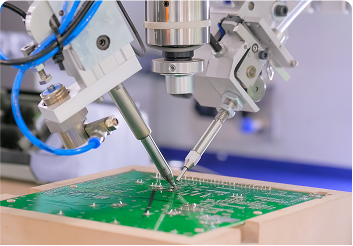Flying Probe: Explore Innovations in Printed Circuit Board Assembly

Introduction The printed circuit board (PCB) industry has witnessed significant advancements in recent years, particularly in the realm of testing and quality assurance. One of the most notable innovations is the use of the flying probe, a technology that has revolutionized PCB assembly and testing. This article delves into the intricacies of the flying probe, […]
Box Build: Explore PCB Assembly and Specialty Services

In the realm of advanced manufacturing, the complexity of tasks often necessitates comprehensive solutions. One such solution is the box build process, encompassing specialty PCB assembly and various other specialty services. For industries such as aerospace, defense, medical, and automotive, where precision and reliability are paramount, robust technical support and high-level assembly capabilities are critical. […]
Circuit Board Components: Discover Prototyping And PCBA Services
Introduction to Circuit Board Components The integration of circuit board components plays an important role in the aerospace and energy sectors, where precision, reliability, and efficiency are paramount. From the early stages of New Product Introduction (NPI) processes, through prototyping, testing, and validation, companies in these types of industries rely heavily on the service and […]